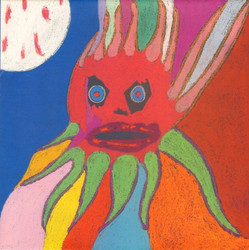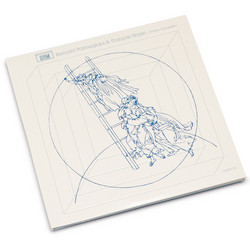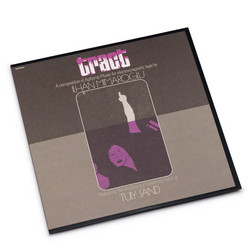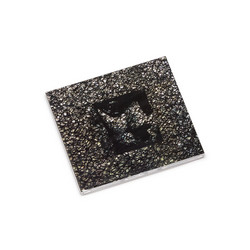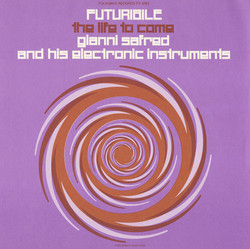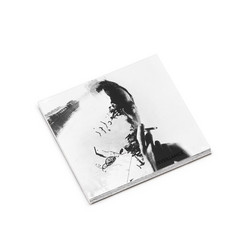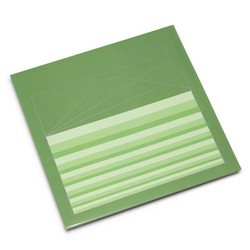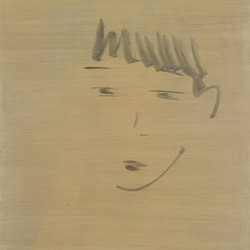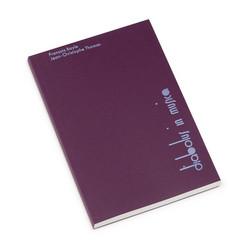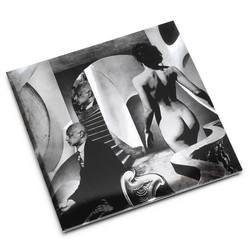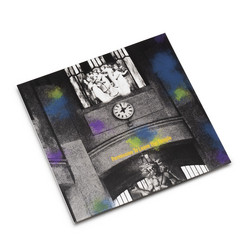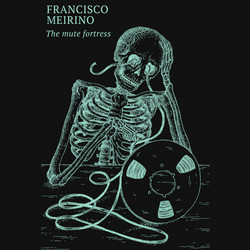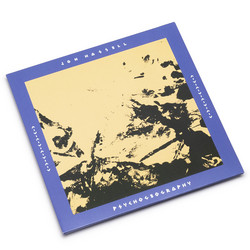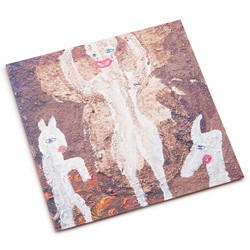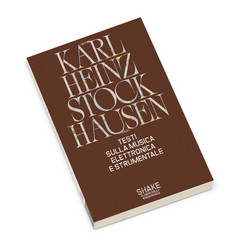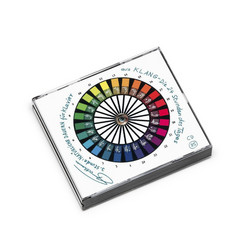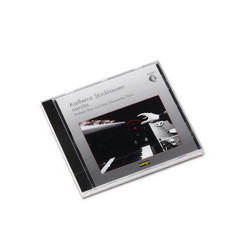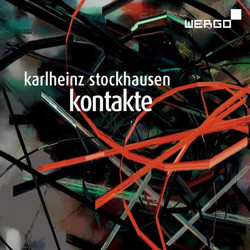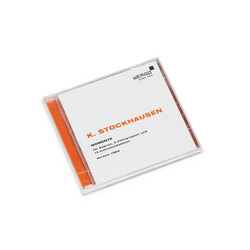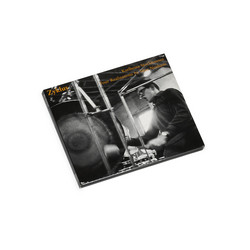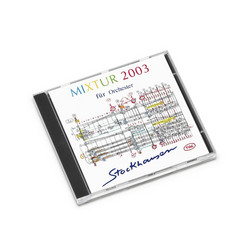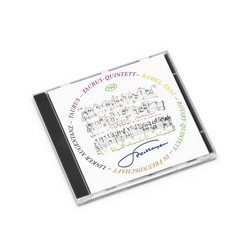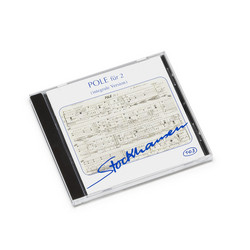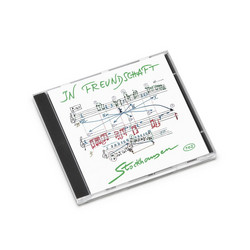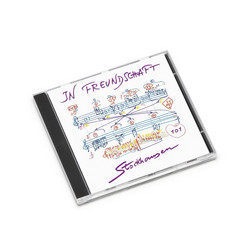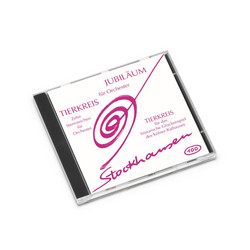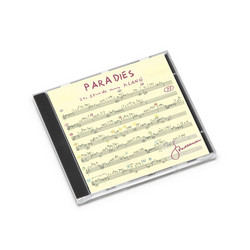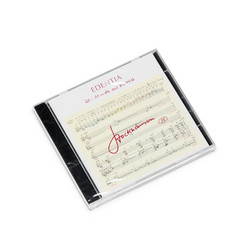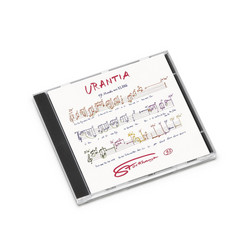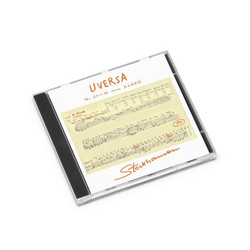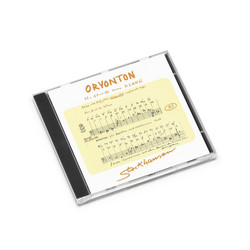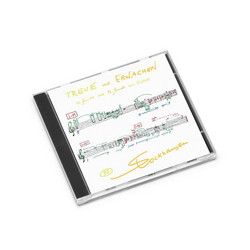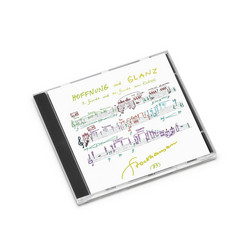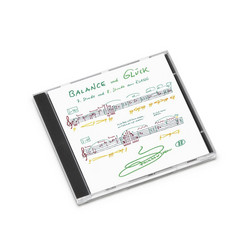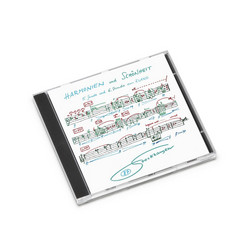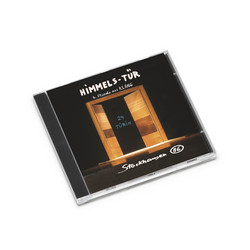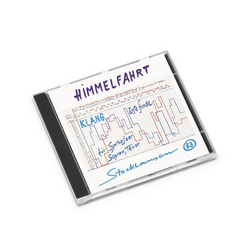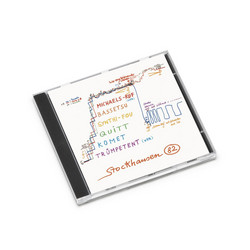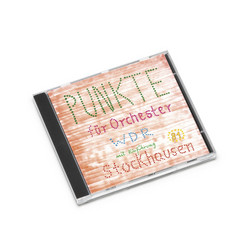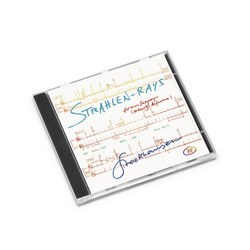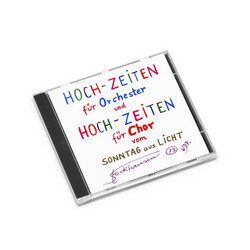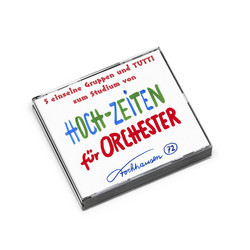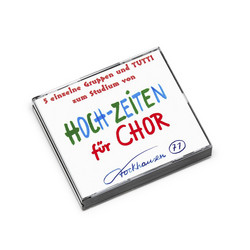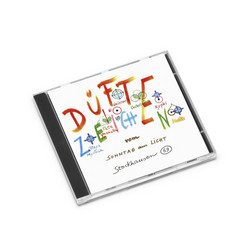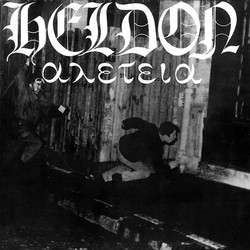Karlheinz Stockhausen
Elektronische Musik 1952-1960
Cardboard slipcase housing a CD jewel case and a 184-page booklet in German and English. Karlheinz Stockhausen – Electronic Music 1952 – 1960: “Etude” (1952) / “Studie I” (1953) / “Studie II (1954) / “Gesang der Jünglinge” (1955-56) / “Kontakte” (1959-60). "Nowadays anybody with a computer and some relatively cheap software can manipulate sound in ways unheard of when the first steps were taken in the area of electronic music. That is why we hear so much really lousy, untalented electroacoustic gibberish these days. Anybody can feed a sound into a computer, manipulate it in so many ways, and download it directly onto compact disc, but… the pen should not be confused with the novel! The fact that you have great machinery at your disposal does not mean that you are an artist! This ought to be obvious to one and all, but… it isn’t! In the output of electroacoustics these days you have to look hard to find anything worth listening to, though, of course, it does happen, on rare occasions. In most cases the modern composer of electroacoustic music, who manages to produce something original, new or otherwise talented, is also a composer of music for traditional instruments. It’s a fact that any good mature piano improviser, for example, first has to struggle with scale practice etcetera under the guidance of his piano teacher, to master the instrument. He can’t be a good improviser until he masters the instrument fully. These rules are the same for someone who paints, writes poetry… or composes electronic or electroacoustic music.
Karlheinz Stockhausen Foundation presents five revolutionary electronic compositions that established the composer as the undisputed pioneer of electronic music. This landmark collection spans the composer's transformative work at the WDR Electronic Music Studio in Cologne from 1952-1960, documenting his systematic exploration of synthetic sound generation and spatial audio composition.
Etude Musique Concrète (1952) marks Stockhausen's first experiments with manipulated recorded sounds, created during his pivotal encounter with Pierre Schaeffer at the Studio for Musique Concrète at French radio in Paris. While living in Paris and participating in Olivier Messiaen's courses, young Stockhausen was granted access to Schaeffer's revolutionary facilities, where he applied rigorous serial techniques to concrete material, fundamentally transforming the genre's theoretical foundation.
Studie I (1953) and Studie II (1954) represent the birth of purely synthetic electronic music during the heroic age when composers had no easily purchased machinery designed for electronic composition. Working with primitive oscillators and tape manipulation equipment at the WDR Electronic Music Studio, Stockhausen laboriously constructed every sound using electronically generated sine tones. Studie I explores mathematical frequency relationships while Studie II introduces complex timbral transformations through additive synthesis, establishing principles that would govern electronic composition for decades.
Gesang der Jünglinge (Song of the Youths) (1955-56) achieves the first successful synthesis of human voice and electronic sounds, representing a quantum leap in compositional sophistication. This masterwork demonstrates how genuine creativity and rigorous compositional training could transform primitive studio equipment into unprecedented artistic expression, creating seamless transitions between vocal and synthetic elements while pioneering multi-channel spatial distribution.
Kontakte (Contacts) (1959-60) represents the culmination of Stockhausen's early electronic period and stands among the most breathtaking, intrepidly advanced electronic music ever recorded. This monumental work explores the "contacts" between electronic and instrumental sounds, demonstrating how a composer with genuine compositional intuition could create masterpieces even when every sound had to be laboriously constructed using analog synthesizers, tape manipulation, and ring modulators.
These historically significant recordings preserve the original master tapes from the WDR Electronic Music Studio, capturing Stockhausen's pioneering work during the heroic age of electronic music when every sound had to be laboriously constructed using analog synthesizers, tape manipulation, and ring modulators.
This essential collection is now available for €28 through the official Stockhausen Foundation catalog and select classical music retailers worldwide, complete with a comprehensive 184-page booklet featuring detailed program notes in both German and English, housed in an elegant cardboard slipcase.
The key word is “composition”. If you have a good sense of composition, and if you have trained this sense in or out of an academic setting, you can make something worthwhile with some bicycle spokes, a hammer and a tape recorder, whereas you can’t do anything at all even with the London Symphony Orchestra or the whole studio at Groupe de Recherches Musicales in Paris without this sense, this intuition. The starting point always is a genuine creativity. The continuation up to the actual masterpiece is a filtering of that creativity through experience, skill and talent. There are a few exceptions to these principles, where people without any musical education what so ever have produced highly artistic electroacoustics, but… these are exceptions – and the sense of composition had to be naturally inherent in these artists anyway. At the beginning of electronic music the basic principles of musical or other formal education, academic or otherwise acquired, were the same, but there was no easily purchased machinery. In fact, there was no machinery at all, made with the purpose of making electronic music, the way we look at it today.
There were some primitive electronic instruments, like the trautonium, for instance, which was constructed by Friedrich Trautwein in Berlin, but they were very limited and of no use to a composer with the intent of shaping a new sound world, even though some composers incorporated the sounds of some of those early instruments in their compositions, or even composed directly for the instrument itself, as did Paul Hindemith in 1930, when he composed “7 Trios for 3 Trautoniums” and at another time, when he wrote “Langsames Stück und Rondo für Trautonium”. The trios were performed in Berlin at an “electric concert” in the summer of 1930, with Paul Hindemith at one of the instruments. The trautonium was made up of tone-generating oscillators that were manipulated by way of a metal wire strapped across a board with a metal rail. You pressed the metal wire down on the rail in different places, thereby generating different pitches from the oscillators. There were other experiments being conducted elsewhere at about the same time, or as early as in the 1920s. In Russia a Mr. Leon Theremin built an electric instrument named after himself, as did Mr. Martenot in Paris, when he constructed the Ondes Martenot, which was quite widely used for a while. This was a time of experimentation, and over in Russia after the 1917 revolution there even were concerts on factory whistles.
The experiments with concrete music – musique concrète – started in Paris, with the creative new thinking of Pierre Schaeffer. He presented some works – “Cinq études de bruits” – as early as 1948, and from there the whole genre took off. I also think that homage has to be paid to Walter Ruttman, who recorded sounds in a “concrete” manner onto film already in 1930, thereby composing the piece “Weekend” (11’19), produced by Reichrundfunksgesellschaft und Berliner Funkstunde, and diffused on 13th June 1930 on the radio program “Pièces radiophoniques et films sonores”. In fact, impulses can be found as early as 1910, when the Futurists (Filippo Tommaso Marinetti, Giacomo Balla, Umberto Boccioni, Carlo Carrá, Gino Severini and Luigi Russolo) put forth a manifest concerning a future culture that would break off from all things past.
In 1913 Luigi Russolo commented on the dissonances being used by composers at that time (Stravinskij’s “Le Sacre du Printemps” was premiered in 1913!) in a manifest of his own, where he said that the utilization of noise in music would increase. In 1921 in Paris three concerts were held with noise instruments paired with sounds from a phonograph. The noise instruments were constructed by Luigi Russolo. John Cage foresaw the electronic music in 1937, in a text he called “The Future of Music: Credo”, in which he outlined, quite accurately, developments that would occur about fifteen or so years later. However, the concrete music as such was developed in a grand manner by aforementioned Pierre Schaeffer in 1948 and thereafter, and he was soon joined by Pierre Henry, who composed his first concrete works in 1950, and who energized and developed the impulses from Pierre Schaeffer and keeps on producing concrete and electronic music up to this day.
Then along came Karlheinz Stockhausen, changing the electronic music scene forever. Stockhausen, who up till then had composed modern chamber music for innovative instrumentations of traditional instruments, as well as choral pieces, suddenly burst onto the scene and composed some revolutionary electronic pieces. Stockhausen was living in Paris in 1952, where he composed “Spiel” for orchestra and participated in Olivier Messiaen’s courses. He met Pierre Schaeffer in Paris, and Schaeffer allowed young Stockhausen to conduct experiments at the Studio for Musique Concrète at the French radio. (excerpt from Ingvar Nordin / Sonoloco extensive review)

